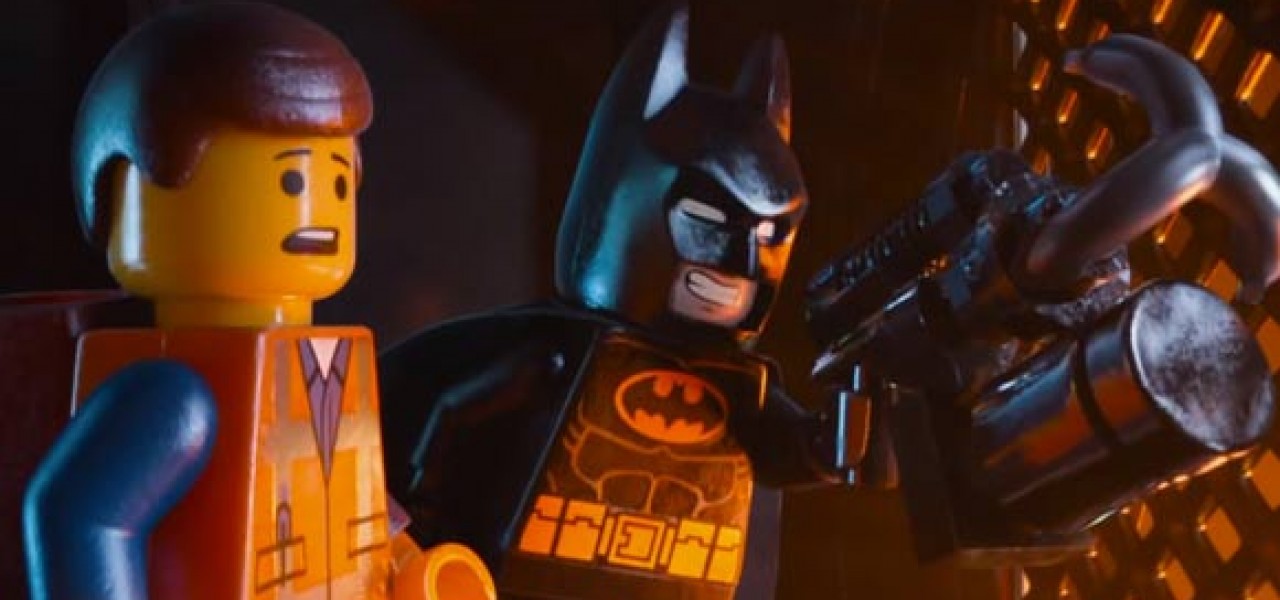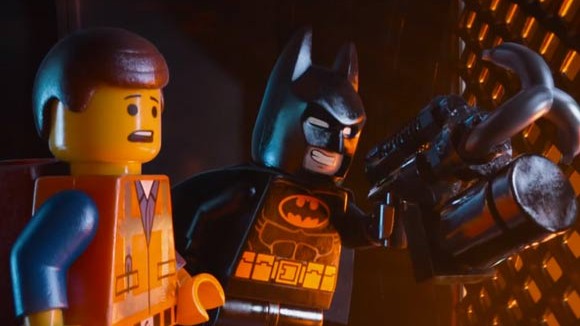

Let’s Talk About the Animation in “The Lego Movie”

Attempting to predict box office results is a fool’s errand, but it’s safe to say at this point that The Lego Movie, which opens this Friday in the U.S., will be a big hit. And I mean, huge. The box office will be much bigger than I imagine most industry observers are anticipating. Its distributor Warner Bros. knows they’ve got a hit of some sort on their hands, so much so that they’re already started laying the groundwork for a sequel.
The studio has released loads of clips ahead of the film’s release, perhaps to make clear that this is not standard-fare family CGI. The film’s humor skews older than the typical PG animated movie, and I expect it will attract neglected teen audiences who have aged out of the stream of tonally indistinguishable CG pics pumped out by other studios.

The quirky visual approach to such unquirky material as Legos can be attributed to the film’s directing duo, Phil Lord and Chris Miller, who have carved out a unique niche in Hollywood without being identified for any single project. Unlike animation creators like South Park’s Trey Park and Matt Stone, or the ubiquitous Seth MacFarlane, Lord and Miller aren’t known for any particular style. In fact, their two most significant animated projects prior to The Lego Movie could not be more different: the Teletoon/MTV series Clone High and Sony Picture Animation’s Cloudy with a Chance of Meatballs. In between those, they’ve also worked as writers and exec producers on the TV series How I Met Your Mother and directed the successful live-action feature-based-on-the-TV-series 21 Jump Street. The Lego Movie may be the clearest expression yet of Lord and Miller’s stil-evolving voice as animation filmmakers.
Celebrity voices, franchise cross-overs, rapid-fire jokes, and Legos-this film has it all, but what has been lost in the discussion is the film’s exuberantly original animation style. Many films have attempted to break the Pixar-by-way-of-Disney animation mold by suggesting a more stylized approach to animated movement, among them the Madagascar series, Wreck-It Ralph, and Cloudy with a Chance of Meatballs 2. Lego Movie pushes further than any of those films with a consistently inventive style of movement (the key word being consistent).
The clip below shows what I’m talking about. I especially love the workout scene with its staccato movements that are accented with held poses. The acting is funny and goofy because of the way it moves, which is something that almost never happens in feature animation nowadays.
Even though the film was computer animated, the filmmakers treated the articulation of characters as if they were actual plastic Lego pieces. “Those kinds of limitations are fun,” Miller told Film Journal International, “because you’ve got to find creative ways to solve them—like, there’s only seven points of articulation on a mini-figure, so how do you choreograph a fight sequence with a character who can’t wind up to punch someone? We were really inspired by a lot of the short films that people make in their basements and post online where they come up with such clever solutions to those limitations.”
Limiting the articulation of characters had the counterintuitive effect of opening up new creative possibilities. It allowed for an animation style—naive, imperfect—that aspires to the charm of stop motion animation more than the mechanical flawlessness of CG. Not surprisingly then, the film’s animation director, Chris McKay, is a veteran stop motion director of the TV series Robot Chicken and Moral Orel. He was the director stationed alongside the animators at the Australian animation studio Animal Logic (which also produced the animation for Legend of the Guardians: The Owls of Ga’Hoole and the Happy Feet movies). From what I’ve been able to discover about the film, McKay played an important in following through on Lord and Miller’s concept and maintaining the film’s stylized approach to animation.
Lord, Miller, and McKay deserve massive credit for conceiving an original, expressive vision for computer animation, and more importantly, managing to push it through the conservative studio system. Yes, they had the benefit of working with a unique source material—Legos—but it’s easy to imagine the animation in this film going in any number of less interesting directions.
Other studios will try to dissect the successful elements of The Lego Movie, things like its toy-based origins, off-beat voice casting, and cross-branding. Hopefully they won’t overlook one of the major components that distinguishes this film from the pack: its funny and unconventional approach to animation.

.png)